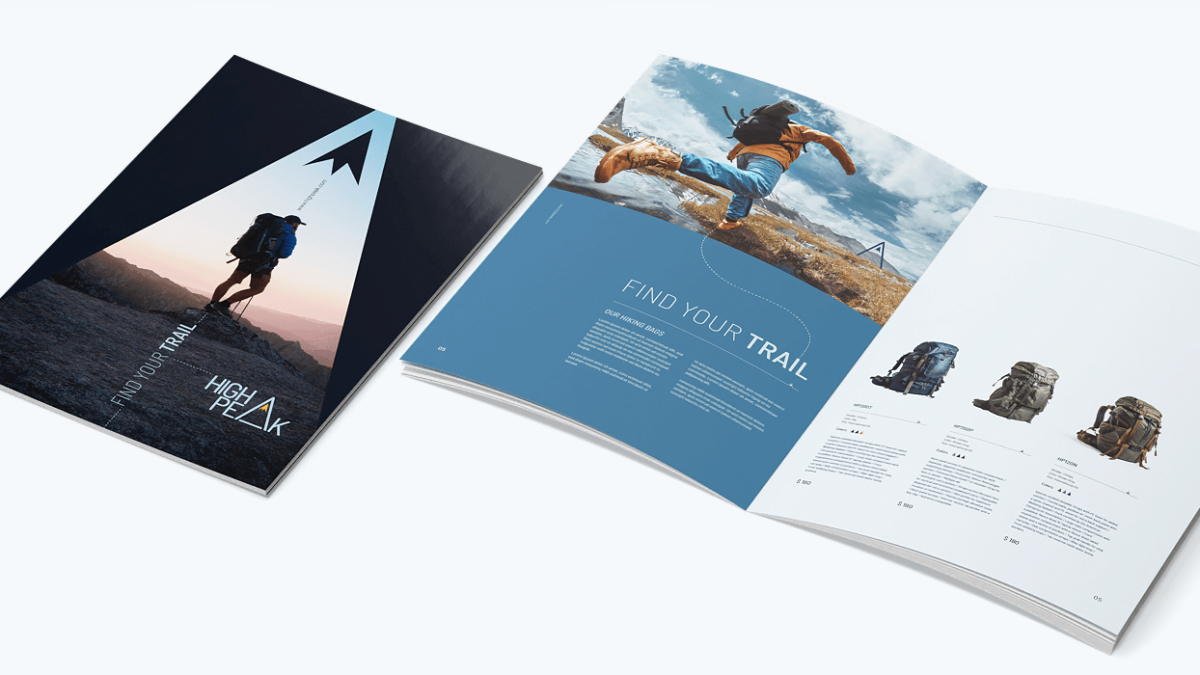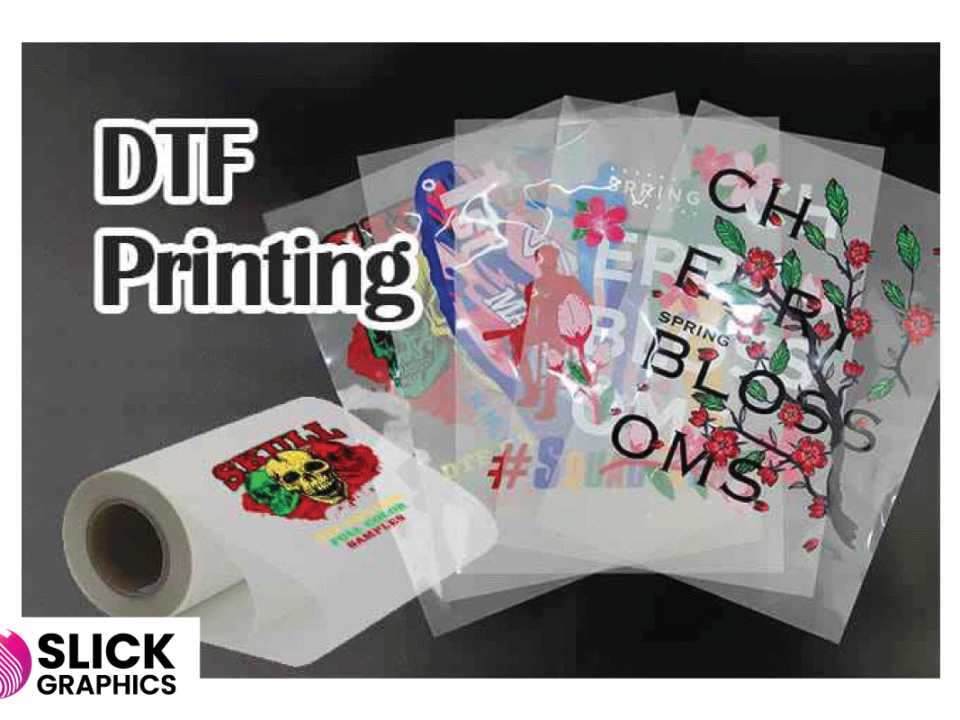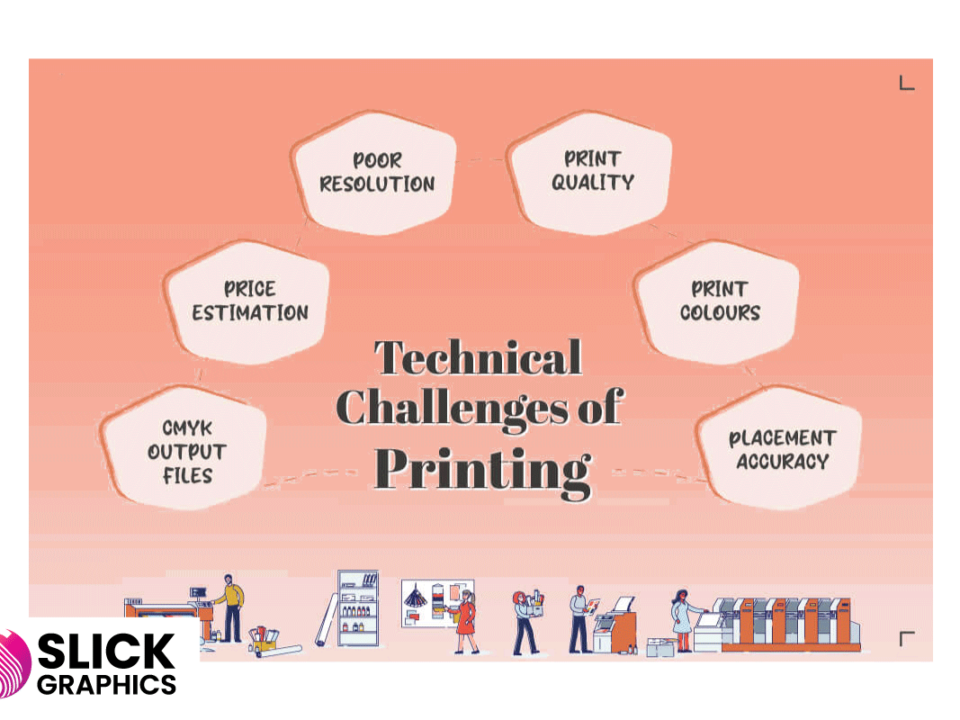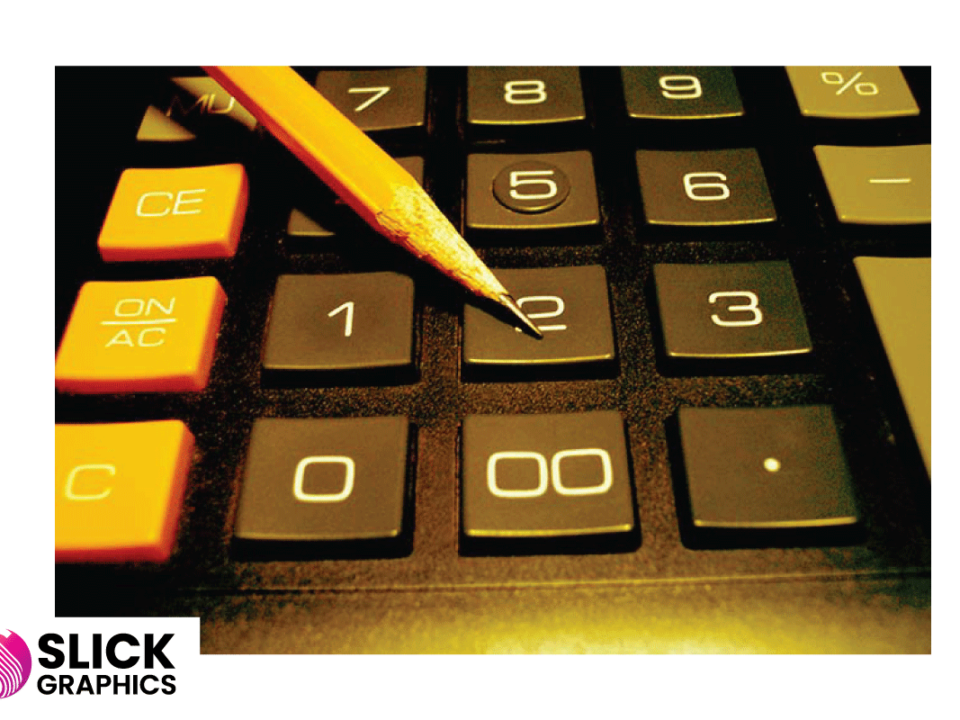How to Print a Book in 7 Easy & Affordable Steps
How to Print a Book in 7 Easy & Affordable Steps
Whether you’re a budding author or a business professional looking to create a custom book, printing your own book can seem overwhelming. But don’t worry! With the right approach, you can turn your manuscript into a professional-looking book without breaking the bank. Here’s a step-by-step guide on how to print a book in 7 easy and affordable steps.
Step 1: Finalize Your Manuscript
Before you begin the printing process, ensure that your manuscript is fully edited and formatted. Here’s a checklist:
- Proofread for any spelling or grammatical errors.
- Format your text according to your desired book size (commonly 6×9 or 5×8 inches for novels).
- Ensure consistency in fonts, margins, and paragraph spacing.
Tip: Use tools like Grammarly for grammar checking and free formatting templates available in word processors.
Step 2: Design Your Book Cover
A book’s cover is the first thing readers notice. Whether you’re designing it yourself or hiring a professional, make sure your cover reflects the content inside.
- Use free design tools like Canva if you want to DIY.
- Make sure the resolution is at least 300 DPI for clear printing.
- Include your ISBN and bar code on the back cover if needed.
Tip: Many online printing services offer affordable cover design options.
Step 3: Choose the Right Paper & Binding
Next, decide on the paper quality and binding style that matches your book’s purpose:
- Paper type: If you’re printing a novel, opt for matte or cream-colored paper for an elegant finish. For art or photography books, glossy paper can better showcase images.
- Binding: Perfect binding (softcover) is the most common and affordable. Hardcover options are available but cost more.
Tip: Softcover (paperback) is the most cost-effective binding option for most print runs.
Step 4: Select a Printing Method
You have two main options: Print-on-Demand (POD) or Offset Printing.
- Print-on-Demand (POD): This is ideal for smaller print runs (less than 500 copies). You can print as few as one book at a time, which is perfect for self-publishers.
- Offset Printing: Best for larger print runs (500+ copies), offset printing offers the lowest cost per book when printing in bulk but requires a higher upfront investment.
Tip: POD services like Amazon KDP, IngramSpark, or local POD printers offer excellent flexibility for smaller budgets.
Step 5: Get a Quote from a Printer
Shop around for the best pricing. Reach out to multiple printers, both online and local, to get quotes based on your book’s specifications (paper type, size, page count, and print quantity).
- Compare the unit price for both small and larger quantities.
- Ask for proofs before finalizing your order. A proof is a sample copy that allows you to catch any last-minute errors.
Tip: Some printing services offer volume discounts, so consider printing a few more copies to reduce the cost per book.
Step 6: Place Your Order
Once you’ve finalized your details and selected your printer, it’s time to place the order:
- Review the printer’s file submission guidelines. Usually, they’ll require print-ready PDF files for both the interior and cover.
- If you’re printing internationally, check for shipping costs or potential delays that could affect delivery time.
- Pay attention to any setup fees some printers might charge for one-off prints.
Tip: If printing locally, ask if they can waive fees or provide free shipping for bulk orders.
Step 7: Market & Sell Your Book
After printing, it’s time to promote your book! Here’s how to get started:
- Sell your book on online marketplaces like Amazon, Barnes & Noble, or Etsy.
- Promote your book through social media, blogs, and author websites.
- Consider doing local book signings or launch events to build a fan base.
Tip: For ongoing orders, look for a printer that offers reprints at discounted rates or stores your files for easy access.
Conclusion Printing a book doesn’t have to be complicated or expensive. By following these seven steps, you can print a professional book at an affordable price, whether it’s for personal use, a small audience, or mass production. With a bit of research and planning, your book can go from a digital manuscript to a tangible masterpiece in no time!



